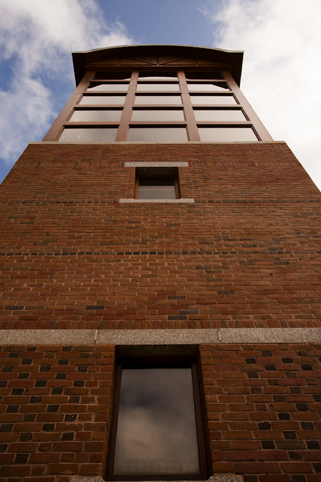Mutations in Grxcr1 are the basis for inner ear dysfunction in the pirouette mouse.
Document Type
Article
Publication Date
2010
Keywords
Amino-Acid-Sequence, Animals, Base-Sequence, Chromosome-Mapping, Conserved-Sequence, DNA-Mutational-Analysis, Ear-Inner, Evolution-Molecular, Gene-Expression-Regulation, Genetic-Loci, Glutaredoxins, Hearing-Loss, Mice-Mutant-Strains, Microfilaments, Molecular-Sequence-Data, Mutation, Pedigree, Protein-Structure-Tertiary, Protein-Transport
First Page
148
Last Page
160
JAX Source
Am J Hum Genet 2010 Feb; 86(2):148-60.
Abstract
Recessive mutations at the mouse pirouette (pi) locus result in hearing loss and vestibular dysfunction due to neuroepithelial defects in the inner ear. Using a positional cloning strategy, we have identified mutations in the gene Grxcr1 (glutaredoxin cysteine-rich 1) in five independent allelic strains of pirouette mice. We also provide sequence data of GRXCR1 from humans with profound hearing loss suggesting that pirouette is a model for studying the mechanism of nonsyndromic deafness DFNB25. Grxcr1 encodes a 290 amino acid protein that contains a region of similarity to glutaredoxin proteins and a cysteine-rich region at its C terminus. Grxcr1 is expressed in sensory epithelia of the inner ear, and its encoded protein is localized along the length of stereocilia, the actin-filament-rich mechanosensory structures at the apical surface of auditory and vestibular hair cells. The precise architecture of hair cell stereocilia is essential for normal hearing. Loss of function of Grxcr1 in homozygous pirouette mice results in abnormally thin and slightly shortened stereocilia. When overexpressed in transfected cells, GRXCR1 localizes along the length of actin-filament-rich structures at the dorsal-apical surface and induces structures with greater actin filament content and/or increased lengths in a subset of cells. Our results suggest that deafness in pirouette mutants is associated with loss of GRXCR1 function in modulating actin cytoskeletal architecture in the developing stereocilia of sensory hair cells.
Recommended Citation
Odeh H,
Hunker KL,
Belyantseva IA,
Azaiez H,
Gagnon LH,
Hagiwara N,
Skynner MJ,
Brilliant MH,
Johnson KR,
Najmabadi H,
Friedman TB,
et a.
Mutations in Grxcr1 are the basis for inner ear dysfunction in the pirouette mouse. Am J Hum Genet 2010 Feb; 86(2):148-60.


